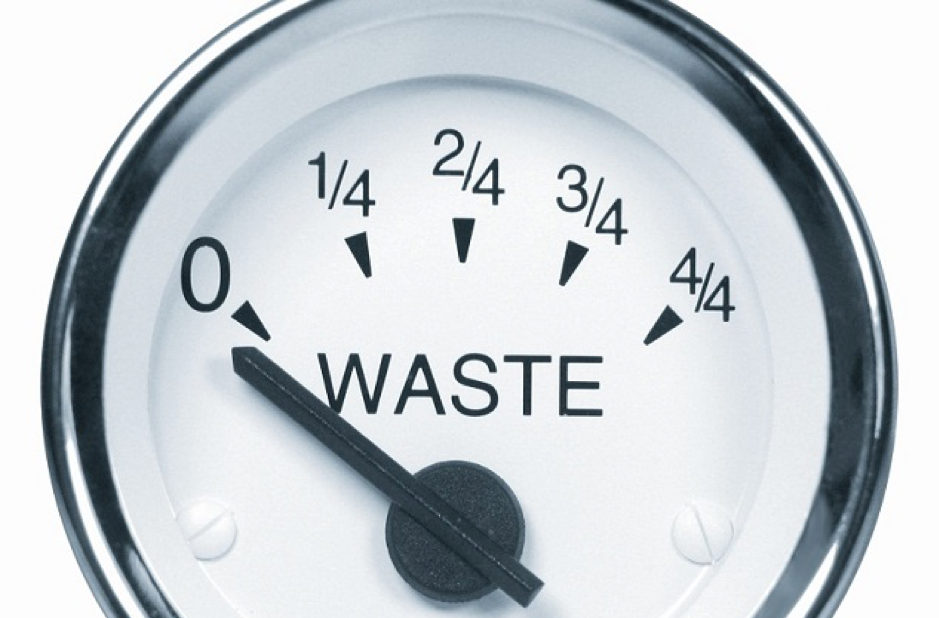What’s the best way to set a waste target for your bakery shop?

The question of how best to set a waste target for a bakery shop is a little like asking how long is a piece of string. Before you decide on an ideal figure, you have to decide what measure to use.
The conventional method is to state waste at retail values as a percentage of sales. Therefore, a shop taking £10,000 per week with waste at a retail value of £700 runs at 7% waste.
However, as systems have become more sophisticated, there are now some bakers who record waste at cost. The reason for this is to show a lower waste value to help avoid shop managers from being overly cautious when ordering and loosing valuable sales as a result.
The point of view behind this method has some merit. But is it really worth losing the ability to benchmark your business’ waste levels against the vast majority of other bakers who state waste at retail values? Wouldn’t having a higher conventional waste target against which shop managers were held accountable achieve the same end?
What would be considered the norm for bakery shop waste levels? In terms of the conventional retail measure for waste, this can vary considerably between businesses. In the Cybake team’s experience, it can be anywhere between 5% and 15%.
This is influenced by:
Company policy – Some firms view waste as a marginal cost. It is little more than the value of the ingredients. They set higher waste targets holding the view that this is more beneficial to the business than the potential loss of additional sales at a lower waste percentage.
Others view nearly empty shelves in the mid-afternoon as a positive message to customers that everything is made fresh daily and so set a lower target. It can also be a highly emotive decision whereby the business owner simply hates to see the fruits of their labours go to waste and so they set a low target.
Product mix – The target set is an average for all products sold by the shop, with some product groups having virtually no waste while other one-day-life products might run at 20%. The increasing proportion of sales coming from coffee and other beverages are a good example of how a change in the product mix is helping to bring average waste levels down for some bakers.
How busy the shop is – To maintain an effective display, a minimum level of stock is required. The busier the shop, the easier it is to run at a lower waste percentage. Where a shop taking £10,000 per week might be able to run at, say, 5% waste, a shop with the same product range but only taking £3,000 per week might only be able to run at, say, 15%. To take this into account, some businesses set variable waste targets dependent upon turnover.
Desperate Measures
Targets are fine but how reliable are they? From personal experience, I can state that without a full stock reconciliation system in place, the reliability of your waste measure is directly proportional to the amount of time and effort you put into policing it.
I worked for many years in a business where the MD hated to see waste and would personally phone any shop that was over target. Shop managers became very proficient at “hiding” waste. Even introducing clear bin bags to see what was getting thrown away without record had limited effect. On one occasion, we even caught a manager flushing out-of-date sandwich fillings down the toilet to avoid the consequences of declaring high waste.
Is full shop stock reconciliation the ultimate answer to stock and waste control? If the example set by all major retailers over decades is anything to go by, then the answer is undoubtedly yes.
…we even caught a manager flushing out-of-date sandwich fillings down the toilet to avoid the consequences of declaring high waste.
Until fairly recently, the availability, cost and reliability of such systems did not make this a viable option for most bakery retailers. However, with the advent of relatively cheap and reliable broadband connections, more sophisticated till systems and the ability to easily share sales data, this is no longer the case.
Using a system such as Cybake Instore, a weekly stock-take can be taken with all stock movements between stock-takes recorded (deliveries, waste, sales via a sales feed from tills, etc). A weekly variance report showing the difference between the actual stock count and what should be present can then be produced weekly.
Building Confidence
Our experience is invariably that when we first install this system the variances are big, but as people realise there is visibility on what they are recording, they rapidly achieve much more acceptable levels. From that point on, you can have far greater confidence in all your key stock data, including the accuracy of the reported waste, and no longer need to carry out the time-consuming physical spot-checks previously needed.
Is the emphasis on setting a waste target right? Absolutely. However, what frequently happens when shop managers do the ordering is that they are given a hard time if they have too much waste. Short on time (and often ability), they often struggle to correctly identify the lines on which to reduce orders. They also tend towards reducing the lines with the highest orders.
This leads to a loss of sales on best-selling lines, doesn’t resolve the high waste issue and can be costly to the business. The reality is that shop managers have an extremely difficult job getting the ordering right. Even if they have the time, the number of lines and sheer volume of data make this a daunting task, as we have clearly established while developing the sales-based ordering (SBO) side of Cybake Instore. As the saying goes: if it was easy everyone would be doing it.
Building in best ordering practice from within the craft bakery sector, Instore can now automatically generate orders for your shops with you setting the waste levels your business aims to achieve. You are then proactively controlling the orders and using waste as a means of measuring how well you are doing this. Shop managers then simply review and amend orders by exception to allow for abnormal influences likely to affect sales.
The real question to ask yourself now is, “How much confidence do I have in the reliability of my key retail shop information?”. If the answer is, “Not as much as I would like” or, “It’s heavily reliant on smoke and mirrors”, then you risk basing business critical decisions on poor foundations.
Affordable systems integration, with live sales data being shared with systems such as Cybake Instore, has now come of age and should be given serious consideration even by the smallest of businesses.
The reality is that shop managers have an extremely difficult job getting the ordering right.
If you would like to talk about controlling waste levels at your bakery, call us on 01904 622888, email us at info@cybake.co.uk or drop us a line via our contact page.



